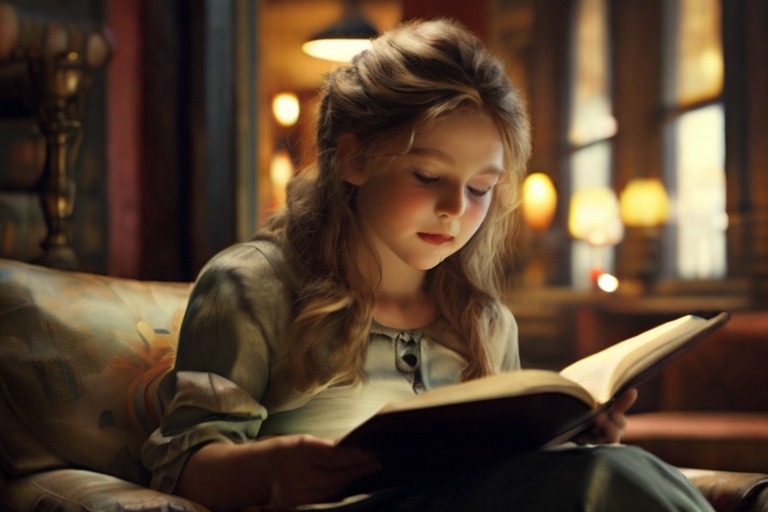
Great Tips for Teaching Reading for Kids: Teaching Kids How to Read
Table of Contents

Reading Tips
So just how does a parent or educator go about Teaching Reading for Kids? Reading is not just about learning to spell the letters and understanding what phonics is, but reading is also about the expressions delivered through the dots and marks found in the sentences and it is also about having some fun while changing your voice according to the characters.
If you want your kids to love reading then you should teach them how they are supposed to read their books in an interesting and exciting way. The whole process of teaching the child to read starts at the reading comprehension strategies before it comes to the part of knowing about punctuation that teaches the kids how to read correctly and even enjoy the whole process while doing so.
The are several tips to consider in order to know how to teach kids to read. It all starts with giving the child the chance to read the story he/she is given and then start asking them simple questions to educate them more on the matter, like pointing to the full stop and asking him/her what this is and why it is placed in the sentence. In addition to stressing on the punctuation part, parents should also teach the kids to read using their expressions and at the same time know how to read with different tones.
1. Teaching Reading for Kids: Use Songs and Nursery Rhymes
The objective of children’s songs and nursery rhymes is not just fun. The rhyme and rhythm aid to hearing the sounds and syllables in words, which in turn helps them learn to read.
A good way to build phonemic awareness is to clap according to the rhyme together and repeat songs in harmony. This funny activity is a great way for kids to completely develop the literacy skills that will prepare them for reading success.
2. Teaching Reading for Kids: Focus On Letter Sounds Over Letter Names
We used to learn that “c” stands for “cat.” But when you say the word cat, it sounds different than saying the letter C on its own. That can be weird for a kid.
Rather than focusing on letter names, we advise teaching them the sounds together with each letter of the alphabet. For example, you could clarify that c makes the /k/ sound.
Once they can firmly link between a few letters and their sounds, kids can start to pronounce short words. Identifying the sounds for N, T, and E helps a kid to say both net and ten out loud. Since the number of links between letters and sounds increases, the number of words your kid can pronounce also increases.
3. Teaching Reading for Kids: Begin With Uppercase Letters
It’s better to start teaching the kids with the uppercase letters because they look unique. For example, the letters ‘b’ and ‘d’ are confusing in the lowercase form. While in the uppercase form, they look completely different ‘B’ and ‘D’.
So, it is easier for kids to identify uppercase letters. To improve their ability to recognize the letters, it’s better to use their senses. Kids can touch the letters and feel them to identify which letters they are. This can be applied using Lego or Play-Doh.

4. Teaching Reading for Kids: Ask Questions
Asking questions while reading is an amazing technique that helps kids comprehend what they read in a better way. Reading as an objective is very important, however, understanding what they are reading is as important as the ability to read.
Interaction with the book improves the kids’ reading skills. At an early age, the parent can help by pointing at things in the book and asking some questions. Later, kids can recognize and comprehend sentences.
5. Teaching Reading for Kids: Figure out What’s Important
Always ask your kids to figure out the main character in the book or the story they are reading. You can also ask about the main idea of the book and the settings. If they manage to answer these questions, then they understand what they are reading.
Kids can use the mind map or organizer to keep track of the story elements, such as the main characters, plot, and settings (when and where the events take place).

If you have enjoyed this blog post be sure to check out some of our other insightful articles at LearningMole! If you are further interested in Educational content be sure to check out our post about Online Learning!


Leave a Reply